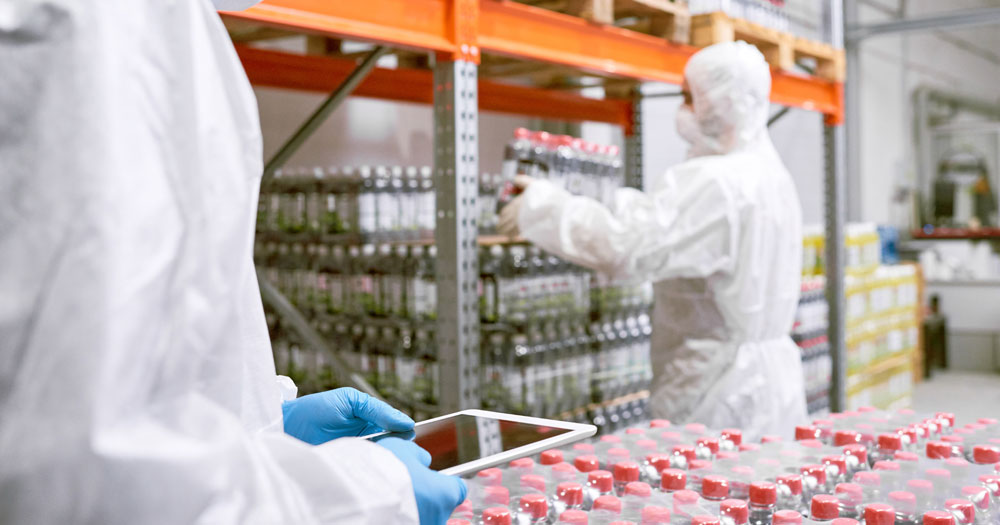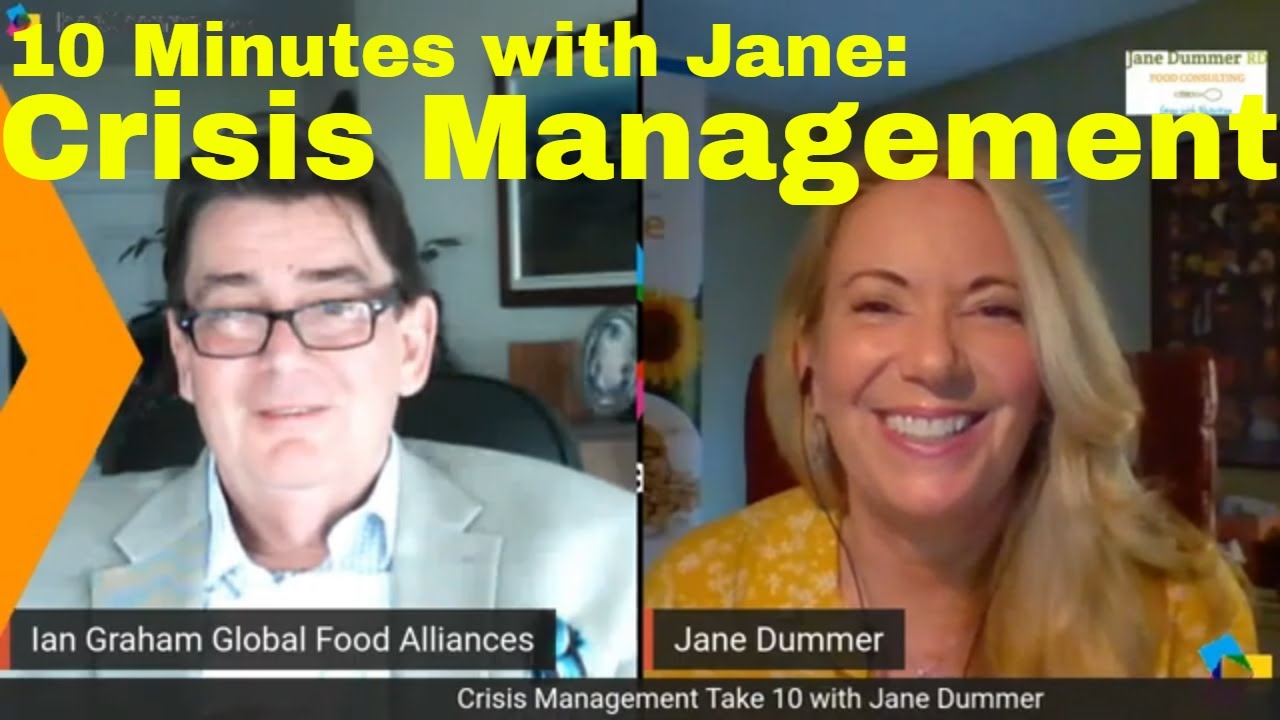
Crisis Management 2.0
There is one way to test out your crisis management program and that’s global pandemic. Crisis management is a critical organizational function. It can be divided into three phases: 1) Pre-crisis; 2) Crisis response and 3) Post-crisis. Over my entrepreneurial career, I have assisted companies with their programs prior to a food safety crisis and during the crisis. However, post crisis was often overlooked by the companies, as an equally important phase, because the crisis was over. Let’s explore the best practices of crisis management 2.0.
Best Practices Pre-crisis
- Have a documented (electronic and hardcopy) Crisis Management Program (CMP) in place
- Update the documents at least annually and through proper document control, make sure you are using the most recent version
- Train the designated Crisis Management Leader(s) and Team
- Assign duties per job title, not per employee name
- Conduct tests of the CMP and team at least annually
- Prepare internal and external communication templates
Best Practices During Crisis Response
Remember, stress and panic can make it difficult to remember roles in a crisis response. However, there are two ways to mitigate the effects of stress; First, clear communication and second trained staff. Both build confidence in uncertain times. Here are some other best practices during the crisis.
- Verify you are using the most recent version of the CMP
- Remember the CMP is a dynamic guidance tool and you will need to adapt it to the current situation
- Daily, identify what is working and what is not working and adjust accordingly
- Train and re-train the staff as you adjust
- Provide clear communication to your customers
Food Industry examples we have seen during the COVID-19 Pandemic
- Foodservice production redirected to retail
- Laid-off foodservice employees hired by retail
- PPE and plexiglass sneeze guards at retail
- Designated senior shopping hours implemented at retail
- Augmenting take-out, delivery and drive-thru at foodservice
 Best Practices Post-crisis
Best Practices Post-crisis
We will have a two-phase roll-out during this global pandemic crisis. First, post quarantine and second post COVID-19
Post Quarantine
This is a bridge between the crisis and recovery because the COVID-10 treatment and vaccine protocols are still being tested.
- Work on the current situation, and start to make updates to the CMP for the next crisis
- The long-term adoption of improved practices and technologies such as increased e-commerce capabilities and transparency in the supply chain
Post COVID-19
This is when we have proven treatment plans and a vaccine for COVID-19. As always with the benefit of hindsight, it is straightforward to change and implement. Remember do not neglect this phase.
- A better understanding of what happened, the approaches, lessons learned and what are the gaps that need to be corrected
- Implement systems with emergency deviations, so there is not so much work to be adjusted during the next crisis
- Identify opportunities for enhanced training and communications to the staff about safety and related health topics
- Update customer communication templates
- Create a new and improved CMP framework for the next crisis
 |
Ten Minutes with Jane – Crisis ManagementFear, stress, & panic can make it difficult to remember roles in a crisis response; however, there are ways to mitigate the effects of stress for a successful outcome. |
